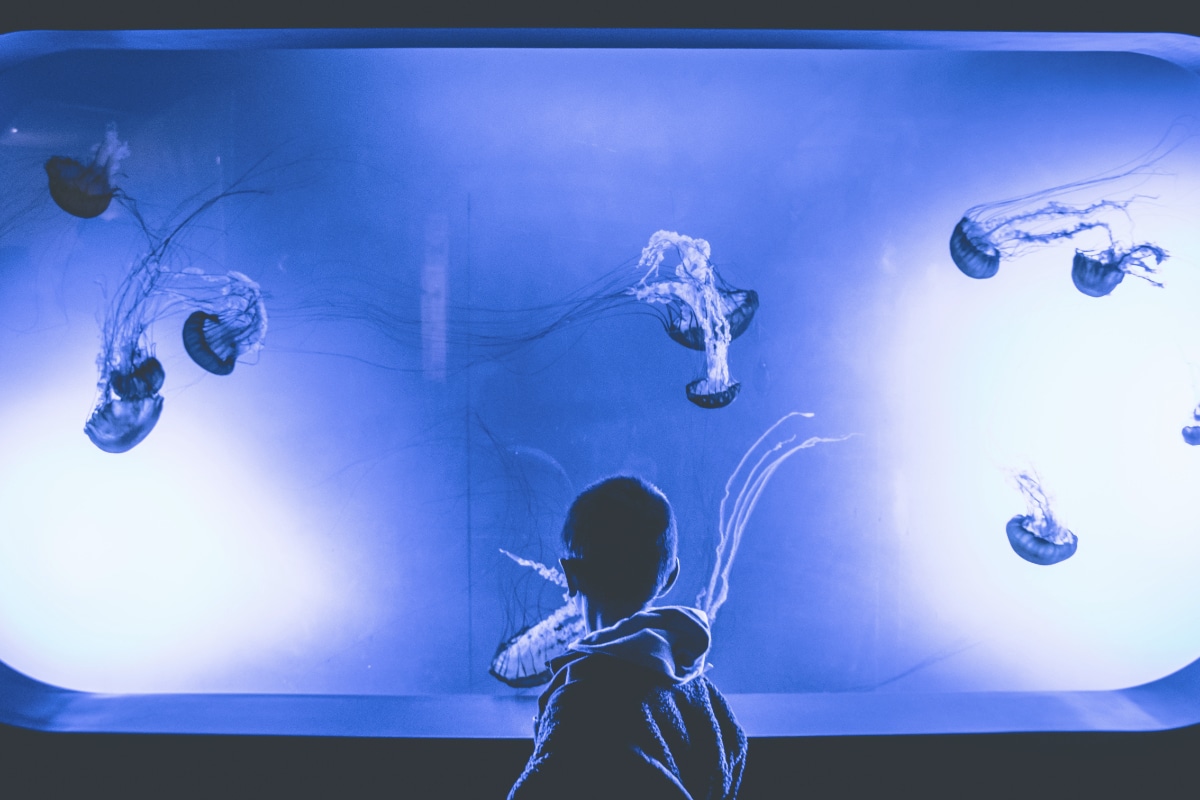
For months, researchers put medication in the water and for months they saw it disappear inexplicably. But the mystery is now solved.
In Chicago it is located the Shedd Aquarium, where visitors can marvel at the beautiful aquatic life. And the aquariums are regularly enriched with new sea creatures and fish. However, before those organisms are released into the aquariums, they are first quarantined. This is to ensure that the organisms are not sick or carry parasites and to prevent them from treating other inhabitants of the aquarium to dangerous diseases or parasites.
Chloroquine
It is not uncommon for the aquariums in which the new organisms are quarantined to be enriched with chloroquine. This is a widely used anti-parasitic agent that is also effective against a wide variety of diseases. Vets simply add it to the water and actually create a healing bath. It is important that the concentration of chloroquine is maintained. And that is why it is also measured after each addition of chloroquine. And it was during such a measurement that a new mystery was born. “They noticed that the chloroquine mysteriously disappeared,” said researcher Erica Hartmann. “They added the correct amount, then measured it in the water and saw that the concentration was lower than expected – sometimes so low that the drug stopped working.”
Multiple culprits
How is that possible? At the Shedd Aquarium they couldn’t figure it out so they called in Hartmann, who is attached to Northwestern University. And together with colleagues, she has now solved the mystery. After a thorough analysis, it turns out that there is not one, but a large number of culprits. And in the form of a microbial family that is fond of nitrogen. “Carbon, nitrogen, oxygen and phosphorus are basic elements that everyone needs to live,” explains Hartmann. “In this case, it appears that the microbes were using the medication as a source of nitrogen. Because when we looked at how the drug was broken down, we discovered that the part of the molecule that harbored nitrogen was gone.”
water samples
Hartmann and colleagues turned to the research on water samples collected in the aquariums. And cotton swabs that had been run over the inside of the aquariums and the pipes that ran to and from the aquariums. In total, the researchers found 754(!) different bacteria in these samples and on the cotton swabs. It seemed plausible that some of them swallowed the medication. But which? The researchers cultured the bacteria and offered them chloroquine as the sole source of carbon. But when that didn’t work, the researchers decided to take another look at the drug — or what was left of it — that had been found in the quarantine aquariums. “If the chloroquine was eaten, these were in fact the leftovers,” Hartmann says. “And then we realized it was all about nitrogen.”
21 suspects
With that knowledge in their pocket, the researchers were able to reduce the number of suspects from 754 to 21 bacteria living in the pipes. Some of these appear to be brand new and never studied. “We couldn’t pinpoint one culprit, but we were able to pinpoint the specific location,” Hartmann said. “In addition, our results revealed that flushing the quarantine quarters with fresh water would not be enough to correct the problem, as the responsible microbes became trapped inside the pipes.”
To prevent chloroquine from disappearing in the future, the pipes may need to be completely replaced. Or at least be cleaned from the inside out. Another possible solution is to regularly switch from fresh to salt water, because most microbes often only thrive in one of these two. Hartmann is delighted with the results. “We were able to help the animals and may have discovered some new organisms as well!”
Source material:
“The case of the aquarium’s disappearing medicine” – Northwestern University
Image at the top of this article: Jeswin Thomas via Pexels